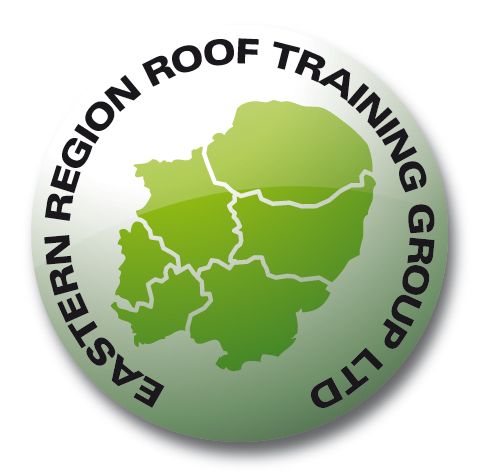Question & Answer, with Natalie Thring, Quality Manager at RCS Ltd
In the 4th edition of Midland Lead’s Healthcare Newsletter, we have invited guest contributor Natalie Thring, who works with RPAs in clinical environments using PPE, to share her expertise in eye protection.
1. What is the recommended dose limit for the lens of the eye?
At the time of publishing, the lens of the eye is able to receive up to 150 mSv pa, but it is understood that this dose limit will be dramatically reduced to just 20 mSv pa in the 2018 regulations. While this lower limit does not yet apply, employers may well wish to introduce practices in advance that work towards compliance with it.
The 20 mSv dose limit will be associated with a dose constraint of 6 mSv (down from 50 mSv) and any individual who could receive more than 6 mSv to the lens of the eye, will then need to become a Classified worker. This is to be avoided wherever practicable, but where this may be required seek the advice of an RPA regarding the Ionising Radiations Regulation 20.
2. Who is most as risk?
Any individual working close to the primary field in a fluoroscopic environment (either in imaging or theatre departments) may be required in the future to wear lead shielding over the eyes. Lead glasses are certain to be required for any high dose workloads.
This will require individual assessment by the Employer’s RPA, but indicative figures, based on staff workload, are: Where a member of staff works 1000 hours pa, shielding will be required for dose rates of > 20 µSv/hr for a Classified worker, or > 6 µSv/hr where the worker is not classified. (1000 hours a year is equivalent to either 25 hrs/wk for 40 weeks or 20 hours/wk for 50 weeks.
3. What type of glasses should I wear?
Lead glasses will need to be comfortable and prescription where required, so that the equipment will be worn appropriately throughout the working day. Where collar or eye doses approach three tenths of the lens of the eye limit, ensure that the advice of the local RPA is actively sought with respect to the provision of appropriate mmLE, design and any required dose monitoring devices.
4. When should protective glasses be worn?
If PPE has been supplied by the Employer, it must then be worn by staff throughout all those tasks it has been supplied for protection against. If this is specific to a certain higher-dose scope of work then the provision of the new PPE should be accompanied by specific induction training, based on the advice of the RPA. Induction training will then assure the Employer that each member of staff understands the required use, appropriate storage and maintenance of the equipment that has been provided.


